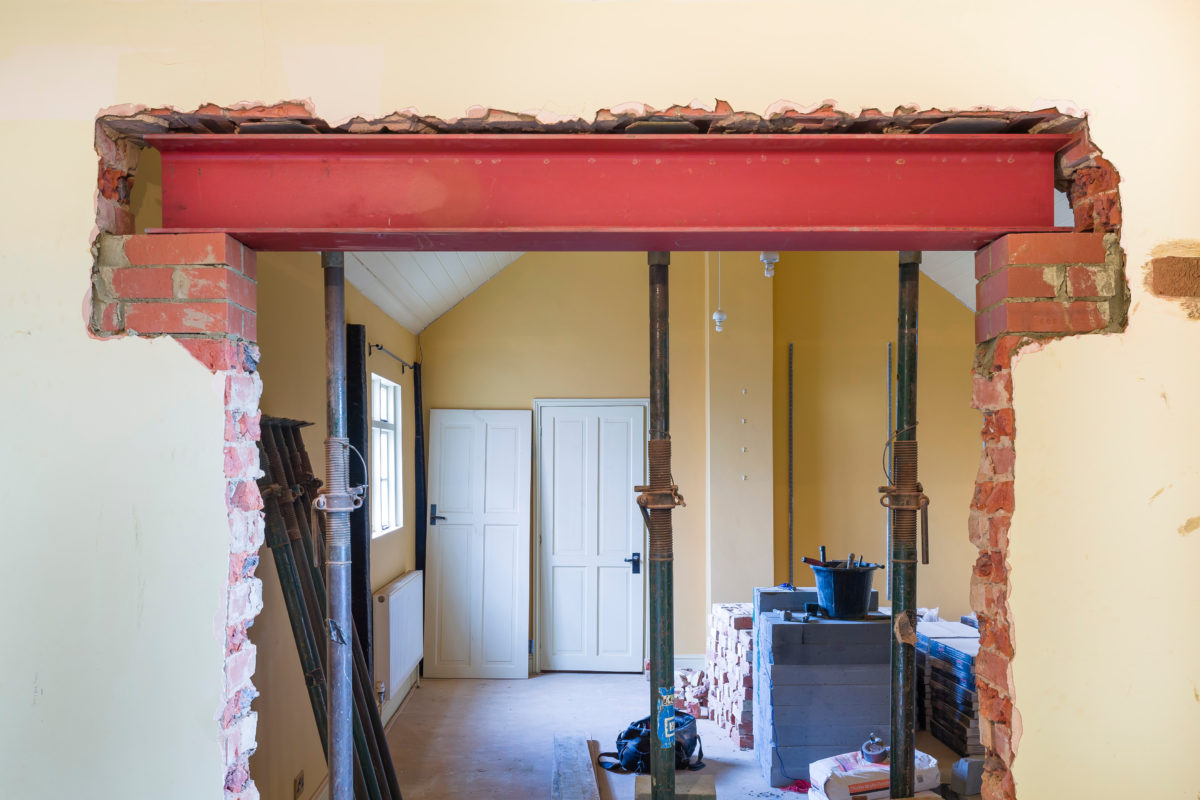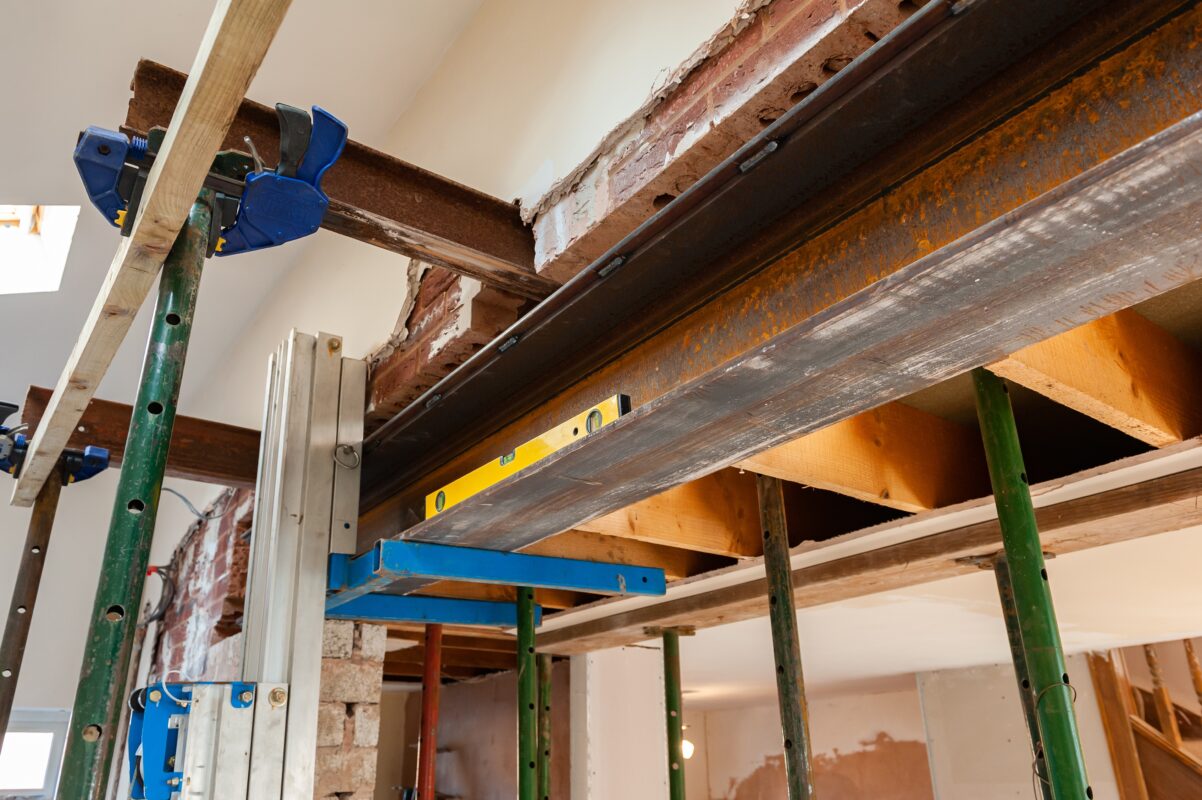A recent report by CROSS- UK (Collaborative Reporting for Safer Structures) identified a potential disaster due to inadequate structural design.

A Chartered Structural Engineer, was called upon to review the design for the removal of a loadbearing wall during a refurbishment and uncovered critical flaws that could have had dire consequences.
The Design
“The design showed four steel beams, steel columns, some lintels, and new foundations.
It did not show how applied loads had been calculated and did not allow for any wind loadings. No calculations had been provided to show how the beams should be framed with the columns to provide sway stability.
The structural information showed new foundations, but trial pits dug by the builder revealed competent existing foundations which could be reused.
The builder and building control body had agreed that two of the proposed new structural members could be omitted since there was no loading applied to them, and they were not required for reasons of stability”.
The design did not show how applied loads had been calculated and did not allow for any wind loadings – this was luckily picked up by a competent builder.
As minimum you should expect your structural engineer to;

Don’t be persuaded by a glossy website!
Lateral Stability
Unfortunately, some homeowners mistakenly assume that the walls they intend to remove serve solely to support vertical loads. However, these walls may actually play a crucial role in providing lateral stability for the entire building.
Buildings may collapse if walls are removed without measures to safeguard the overall stability of the building. Clients should understand that structural engineering, domestic work included, is a complex discipline that should only be entrusted to a suitably qualified and experienced person such as a professional civil or structural engineer.

In Conclusion
Efforts to communicate with the structural designer failed to resolve the issue, ultimately leading to a halt in construction.
Subsequent review revealed that the original designer had not visited the site, casting doubt on their competence and qualifications.
This incident underscores a widespread problem in the industry: individuals claiming to be structural designers without the requisite expertise.
These unqualified practitioners pose serious risks to public safety, as evidenced by reports from organisations like CROSS (Confidential Reporting on Structural Safety). The repercussions of inadequate design can be dire, potentially endangering lives and resulting in legal consequences.
Are you working on a project? Please get in touch today and one of our qualified Structural Engineers will be happy to advise you 0118 962 9666


